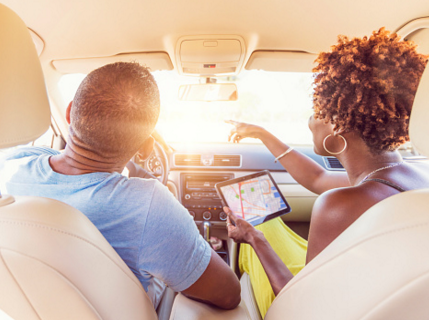(ThyBlackMan.com) Flip-flops: while comfortable and convenient, they may be causing problems for your feet.
It’s summertime, which means the footwear of choice for many people are flip-flops. They used to be reserved for activities such as washing your car or going to the beach. But nowadays, they’re worn year around and on many occasions. They’ve also gotten fancier to–coming adorned with spangles, flowers, and logos.
Fun and fashionable, flip-flops have their place in your shoe closet, experts say. But they’re not meant to be worn without taking precaution–or else you may find yourself in a world of foot pain.
It’s summertime, which means the footwear of choice for many people are flip-flops. They used to be reserved for activities such as washing your car or going to the beach. But nowadays, they’re worn year around and on many occasions. They’ve also gotten fancier to–coming adorned with spangles, flowers, and logos.
flip-flops. They used to be reserved for activities such as washing your car or going to the beach. But nowadays, they’re worn year around and on many occasions. They’ve also gotten fancier to–coming adorned with spangles, flowers, and logos.
Fun and fashionable, flip-flops have their place in your shoe closet, experts say. But they’re not meant to be worn without taking precaution–or else you may find yourself in a world of foot pain.
Flip-Flops: Good & Bad
Flip-flops and sandals during the summer are very common and very popular.
What’s their best purpose? They give you some basic protection to the bottom of your foot to walk around poolside or on a surface that may be warm during the summer. They can also help prevent you from catching athlete’s foot or plantar warts in public showers, according to foot specialists.
In contrast, it’s a bad idea to play sports or hike trails in flip-flops. Here’s a quick primer on flip-flop safety:
No Foot Support Leads to Foot Pain
Unlike sturdy shoes, flip-flops aren’t good for extensive walking because they offer no arch support, heel cushioning, or shock absorption, according to the American Podiatric Medical Association (APMA). Wearers can suffer foot pain due to lack of arch support, tendinitis, and even sprained ankles if they trip.
They let your foot be as flat as they can be. For some people, that’s OK, depending on the structure of their foot. But if you have a foot that tends to over-flatten, then you’re not getting any support.
Don’t overdo the flip-flops. Everything in moderation. As long as you’re not doing a lot of walking, it’s probably OK. For example, To have flip-flops on for short periods of time to do errands, that’s usually not going to be a problem.
Beware of Foot Injury
Because flip-flops offer little protection, you’re at greater risk for stubbed toes, glass cuts, puncture wounds, or having a heavy object smash your foot, experts say.
It is fairly frequent for emergency room physicians to see people come in with either a broken toe or torn nail bed from direct blunt trauma to the exposed toes.
For people with diabetes, any foot injury can become serious, even leading to amputation. Flip-flops and sandals aren’t a good option. They really need the protective function of something that covers their toes.
Flip-Flops and Backyard Football
Don’t run or play sports in flip-flops. Instead, always wear proper sports shoes. Orthopaedic surgeons have treated people who ran or jumped in flip-flops and suffered sprained ankles, fractures, and severe ligament injuries that required surgery. They’re meant for walking on flat surfaces. They’re not meant for playing Frisbee or backyard football or a soccer game. They don’t really offer you the support that an athletic shoe would offer you. Unsupported feet take a lot more stress than supported feet. If you try to use your flip-flop as an athletic shoe, you’re asking for trouble.
Driving Hazard
Flip-flops can impair a driver’s control if they come off the foot and lodge under the brake or gas pedal. Whatever you wear on your feet, make sure it’s not so loose that it pops off and interferes with the pedals.

















Leave a Reply